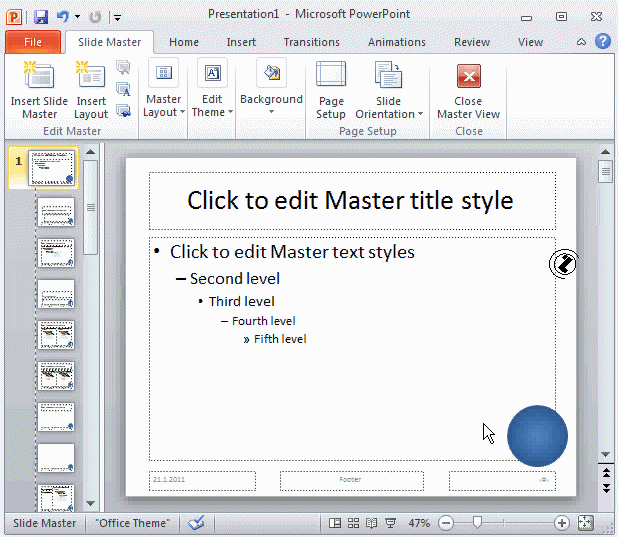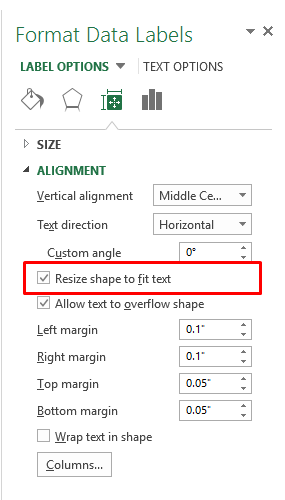

I have pointed out this issue in earlier posts (like this one) and suggested that a workaround to this issue is to convert ( Copy and Paste Special) the object to png format to get proper scaling. The size of the text, the width of the outline and characteristics of the shadow do not change as the object is scaled to 50% and 10% of its original size. This picture demonstrates the result of scaling such an object: If you have any comments or questions, please drop a line below.Objects containing lines, text, shadows and other characteristics measured in points do not scale as expected when you change the size of the object (using the “handles” or the Size and Position panel). Like I said in the video, the whole idea of this is to make sure you have the chance to manipulate your image in any way that you would want to. This is a Creative Solution (That Works Perfectly) For instance, I’ve added a color gradient to mine just to give it some feel-good vibes, similiar to the section break tutorial I posted recently. Why stop here? You can play around with your slide and add some creative flair to it. I chose white for mine since I wanted it to match my slide’s background. Once you’re happy with the size and position of your image, click on the rectangle and change its color to whatever you’d like. You can then move the image around and position it wherever you’d like. Right-click it, and click on Send to Back. This step is self-explanatory: select any image you’d like and bring it into your PowerPoint slide. You’ll end up with something that looks like this. With both elements highlights, go to Format tab and click on Merge Shapes > Subtract. Hold the control key, and then click on the rectangle shape first, then the text box second.

When you’re done, right click on the rectangle and click Send to Back.Ģ. You also want to make sure you remove the outlines of that rectangle. Cover your entire slide with that rectangle. Go to the Insert tab, then click on Shapes and select a rectangle. To do this correctly (and consequentially, beautifully) you’re going to have to be innovative with PowerPoint’s features. What you see is what you get, and that can be daunting.Ĭorrectly Placing an Image into Your PowerPoint Text Furthermore, you won’t be able to position the image inside your text under any circumstances. Indeed, you can get a picture into your text in under 10 seconds, but your slide will end up looking like garbage since the picture’s resolution will also be distorted. From there, a picture can be selected and automatically placed into the text without issues. What most would do is right-click the text box on the slide, click Format Shape, and then, under Text Options, click Picture or Texture Fill. The Wrong Way to Fill Your Text with a Picture in PowerPoint Make sure that the image you’ve chosen follows the BARE principle.
Resize shape to fit text powerpoint for free#
Yes, this picture a stock photo, and I think it fits the theme I’m going for.īy the way, if you’re looking for free stock images that are gorgeous, then check out this post which highlights four resources that you can use. The picture I’ve chosen is a woman holding a sticky note with a smile drawn on it. To get things going, you’re going to have to do two things: get some text on your slide, and choose a picture that you want to go in it.įor our tutorial, I’ve written “Smile” on the slide, set the font size to 240, and chose a bulky font to go with it. Sadly, most of these tutorials opt for the most comfortable method, which usually leads to a hideous slide.
Resize shape to fit text powerpoint how to#
There are tons of tutorials on the internet that will teach you how to place an image inside text in PowerPoint.


 0 kommentar(er)
0 kommentar(er)
